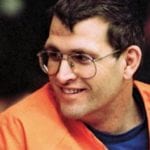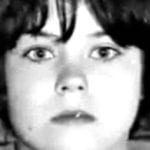 Mysteries
Mysteries  Mysteries
Mysteries  History
History 10 Surprising Stories About the Texas Rangers
 Humans
Humans 10 Philosophers Who Were Driven Mad by Their Own Theories
 Miscellaneous
Miscellaneous 10 Video-Game-Worthy Weapons and Armors from History
 Weird Stuff
Weird Stuff 10 Psychics Who Accurately Predicted Wartime Events
 The Arts
The Arts 10 Pieces of Art Inspired by a Broken Heart
 Health
Health 10 Science Fiction-Sounding New Medical Treatments
 History
History 10 Surprising Facts About the Father of Submarine Warfare
 Space
Space Ten Astonishing New Insights into Alien Worlds
 Weird Stuff
Weird Stuff 10 Bizarre Summer Solstice Rituals Still Practiced Today
 Mysteries
Mysteries Top 10 Haunting Facts About the Ghost Ship MV Alta
 History
History 10 Surprising Stories About the Texas Rangers
 Humans
Humans 10 Philosophers Who Were Driven Mad by Their Own Theories
Who's Behind Listverse?

Jamie Frater
Head Editor
Jamie founded Listverse due to an insatiable desire to share fascinating, obscure, and bizarre facts. He has been a guest speaker on numerous national radio and television stations and is a five time published author.
More About Us Miscellaneous
Miscellaneous 10 Video-Game-Worthy Weapons and Armors from History
 Weird Stuff
Weird Stuff 10 Psychics Who Accurately Predicted Wartime Events
 The Arts
The Arts 10 Pieces of Art Inspired by a Broken Heart
 Health
Health 10 Science Fiction-Sounding New Medical Treatments
 History
History 10 Surprising Facts About the Father of Submarine Warfare
 Space
Space Ten Astonishing New Insights into Alien Worlds
 Weird Stuff
Weird Stuff 10 Bizarre Summer Solstice Rituals Still Practiced Today
10 Twisted Facts About Javed Iqbal, The Pakistani Serial Killer
America seems to be a very serial killer-obsessed place; just take a look around Netflix or search for serial killer documentaries on YouTube. On top of that, the US accounts for a whopping 67.41 percent of the world’s serial killers, with over 2,700 of them on record.[1] These two factors in combination have some unintended consequences, namely that the serial killers of other countries are often outshined by those in the US.
One example of this is a Pakistani serial killer by the name of Javed Iqbal, who has hardly garnered any attention at all in the media and even on the Internet. Is that because Pakistani culture doesn’t celebrate killers like others do? Is it because he was simply too far removed from Western culture? Whatever the reason, the man was particularly brutal, well beyond the depravities of the average American serial killer. Here is the story of Javed Iqbal, told in ten parts.
10 History
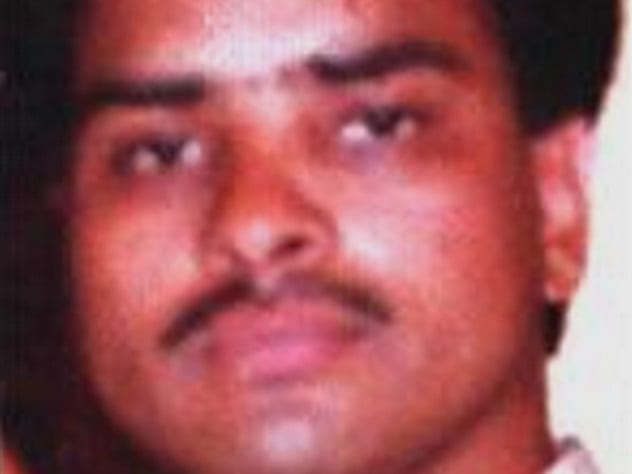
Little is known about the early life of Javed Iqbal, the brutal Pakistani serial killer who would end up claiming a terrifying amount of lives that would make Ted Bundy blush. It is generally believed that Iqbal was born in 1956, but even that fact is uncertain, with some sources saying 1961. He was one of four boys and the sixth child in his family, and his father, Mohammed Ali Mughal, was a trader and at least decently wealthy.[2]
In 1978, he was enrolled at Islamia College and started up his own business while in college. His prosperous father bought a pair of villas, where Javed Iqbal would own and operate his steel-recasting business. Outside of this, very little information is known about the man who would go on to become one of the most nightmarish killers the world has ever known.
9 100 Children
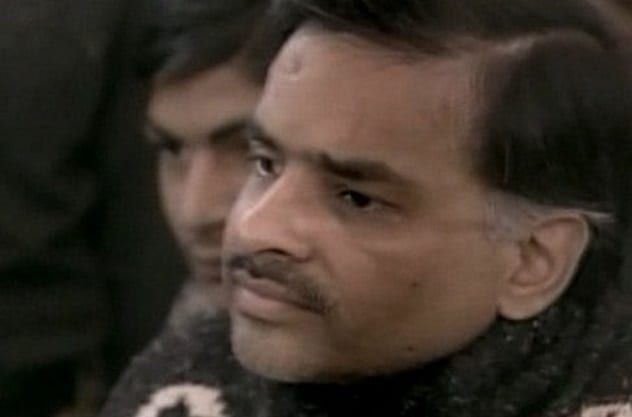
What makes Javed Iqbal stand out among other serial killers was not only the fact that he committed his crimes in Pakistan, a nation which yields an extremely small number of serial killers, but also his very high and unusual body count. Javed Iqbal killed exactly 100 children, not one more or less but exactly 100—and he did that for a reason.
Iqbal would later go on to boastfully tell the authorities and interviewers that he could have easily killed 500 or more children, but he stopped at 100 because that’s what he’d promised himself that he would kill—exactly 100 children—and he wanted to keep his promise to himself.[3] Once the twisted serial killer hit his mark, he would give up killing, which hints at how cold, uncaring, and calculated of a man Iqbal was.
8 Accusations
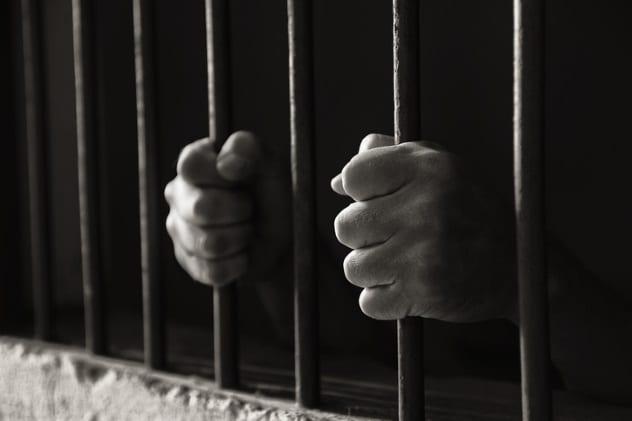
All of the warning signs were there, and for the most part, everyone seemed to ignore them. After Iqbal’s business life took off, accusations of rape, sodomy, and other sexual crimes would be lodged against him, but he managed to avoid arrest and jail time, for the most part.
He was conducting sexual assaults hidden away in the shadows of Pakistan, right under the noses of the authorities. One charge finally would stick, and Iqbal was sent to jail for an unknown length of time for a rape for which he was convicted, though he professed his innocence.[4]
7 Fantasies
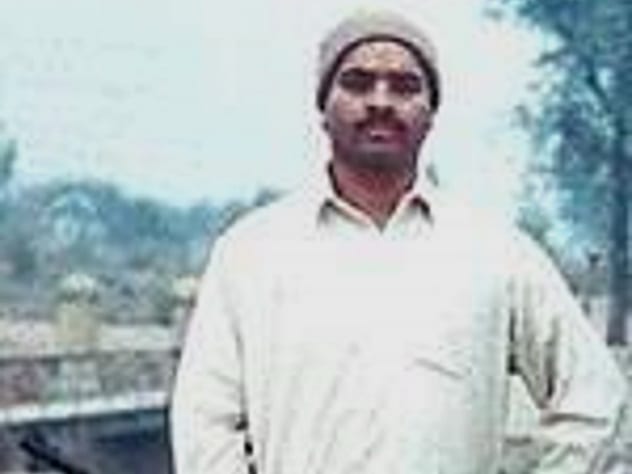
Javed Iqbal would later say that he had fantasized about murder for a long time, since childhood. However, he developed a tremendous urge to kill after being released from jail. His mother had died during his incarceration, and he also felt he’d been brutalized by the police.[5]
Javed and his mother were extremely close, and her death set him into a firestorm of rage and anger at the world, which he would take out in the absolute worst of ways. We know for certain that from this point forward, Iqbal would make the murder of exactly 100 children the focal point of his life. He later said that he wanted “100 mothers to cry.”
6 Modus Operandi

Javed Iqbal’s modus operandi was extremely elaborate, as he would later go on to admit himself, explaining in exact, gory detail how he managed to kill 100 boys, aged six to 16. At some point, Iqbal set up a new business—a video game arcade, which would prove a fertile grounds to commit just the type of murders he intended.
All he needed was a clever ruse, and clever ruse he did dream up. In a twisted and dark game of cat and mouse, Iqbal would offer young boys tokens for the video games at a discount or sometimes for free. He would drop some money onto the floor and wait, watching for a boy to pick it up. Then, at some point, he would declare that his money had been stolen and search everyone. Then he would take the “thief” who’d picked up the money into a back room and rape him.
Apparently, on occasion, he would feel bad and let the would-be victims go, even giving them the money back. Other times, they’d be taken to his villa, where they’d be strangled. He also roamed Lahore’s streets, targeting poor boys who’d run away from their families and taking them.[6]
5 The Letter
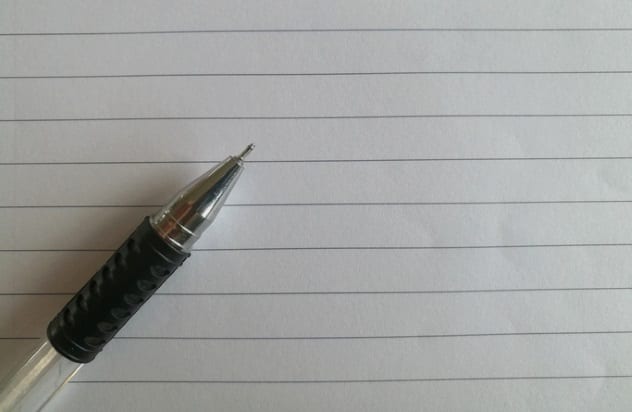
At some point in December 1999, Javed Iqbal decided to pen a letter and tell of his crimes in detail, sending it to both the police and the local newspaper.[7] He had kept detailed records of everything he had done, like many obsessive serial killers do to sort of relive the experiences. Even this seemingly spontaneous act was coldly calculated—Iqbal had reached the 100 victims he’d promised himself and had no need or want to continue his murderous rampage.
This killer was ready to be caught. He didn’t try to conceal his identity but rather was making a full-disclosure public confession of his crimes and tying them to himself. A manhunt ensued. Javed Iqbal turned himself in at the offices of a newspaper called the Daily Jang on December 30, and the police came to arrest him.
4 Trial
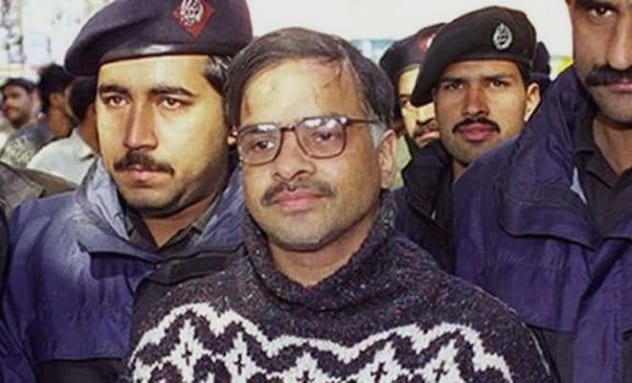
A trial would ensue over the coming months which would turn up a lot of surprises along the way. Javed Iqbal had admitted to his murders openly, but when the time came for him to face the state, he withdrew his confession and claimed innocence.[8] Iqbal claimed he was not guilty of the 100 murders he’d already confessed to in writing.
He would go on to bizarrely explain that he made a false confession and had written the letter as some hybrid of political statement and art, making a statement about missing children and runaways, a group which nearly all of his victims belonged to. Their unimportant status is what allowed Iqbal to get away with his crimes for so long.
Photographic evidence would be presented, as well as his 32-page journal, in which he described the killings. This pretty much sealed the fate of Javed Iqbal.
3 Disposal
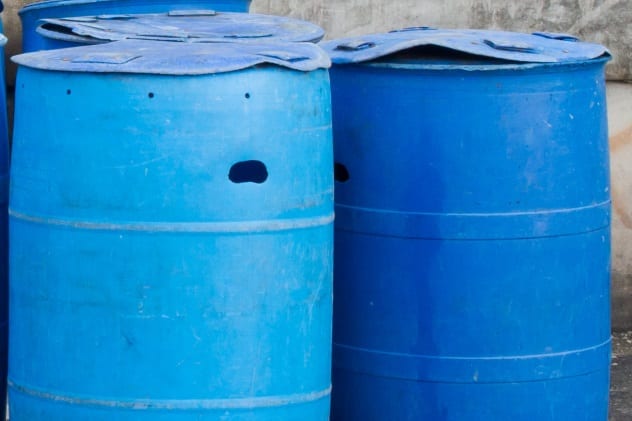
The records that Iqbal had kept would also come out as evidence during the trial, showing step-by-step the process used to murder the boys whom this raving madman claimed as his victims and dispose of their bodies.[9] He had written detailed descriptions of how he’d used vats of hydrochloric acid, the same acid that Jeffrey Dahmer used to dispose of the bodies of his victims, to eat away at the remains of each kill.
Furthermore, two vats still containing human remains were found by police, further damning Iqbal at trial. Hydrochloric acid would later be tapped for another sinister purpose, so that the killer would meet the fate of his victims.
2 Accomplices
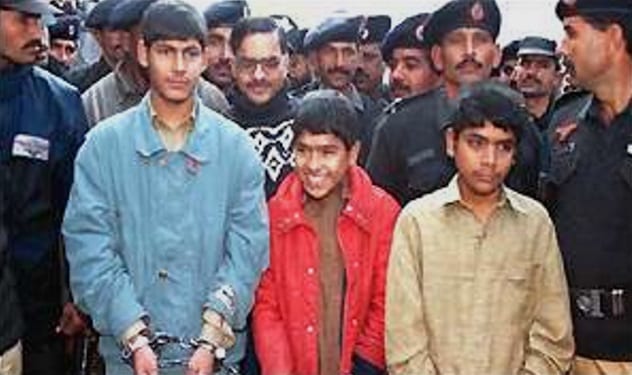
It’s rare that serial killers act in the company of others, but this was the case with Javed Iqbal, who had not just one but three accomplices total. The mastermind behind one of the most brutal cases of murder in history didn’t do it without help, but he didn’t recruit grown, adult men who could possibly turn him in; he needed people who would fall under his dark sphere of influence. He found that in runaway teenage boys, not unlike the ones he killed.
Sajid Ahmed was just a 17-year-old boy but was Iqbal’s main accomplice nonetheless. Two other youths were named as accomplices as well, and all three were brought to trial for the killing of 100 boys. Mamad Nadeem, age 15, would be found guilty of 13 murders and receive a sentence of 14 years for each murder, for a total of 182 years. Mamad Sabir was only 13 years old upon sentencing and received a total of 63 years in prison for his deeds.[10]
1 Conviction
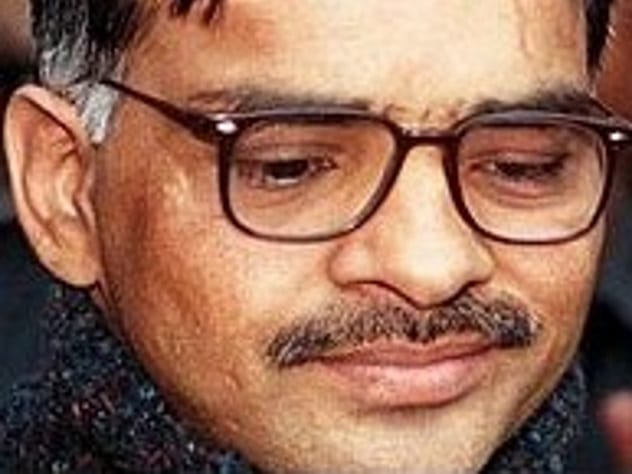
Javed Iqbal was found guilty, just like his accomplices. The authorities weren’t playing around, and it was ruled that Iqbal should die. In accordance with sharia law, the judge in the case ruled that Javed should be killed the way he killed his victims, in a terrifying fashion that most would argue he very much deserved. Javed Iqbal was sentenced to be strangled with the same chain he used on his victims. His body was to be cut into 100 pieces, one representing each boy, and then dipped into a vat of hydrochloric acid in front of the parents of the deceased.[11] But this is a fate that Javed Iqbal would never live to see, not because the Pakistani authorities halted it (though they criticized it) but because of the actions of Iqbal himself.
On October 8, 2001, Javed Iqbal and his main accomplice, Sajid Ahmed, committed suicide in their shared jail cell while awaiting their fate. There was some question as to whether the duo really committed suicide or if the guards were so filled with disgust that they killed the two themselves, but this is mere speculation and a question that the world will likely never have an answer to.
Read about more terrifying serial killers on 10 Twisted And Unbelievable Facts About The Happy Face Killer and 10 Dark Facts About Robert Pickton, The Pig Farmer Killer.
